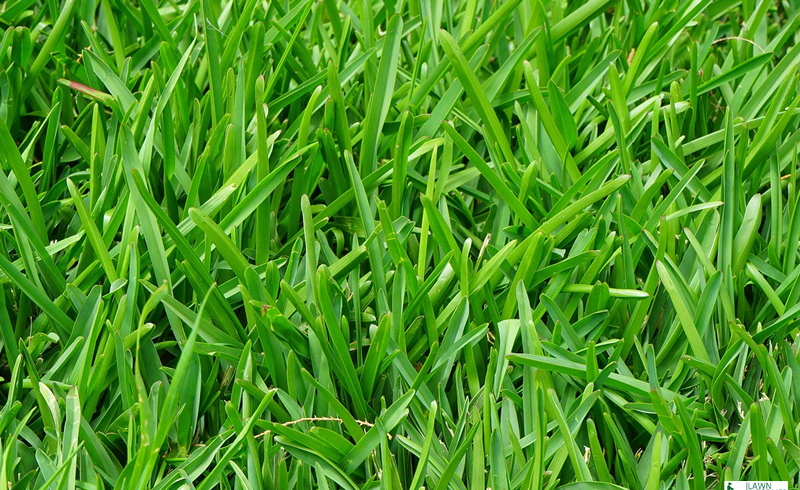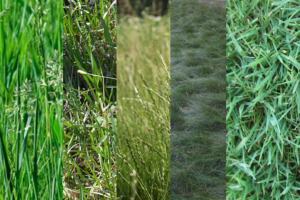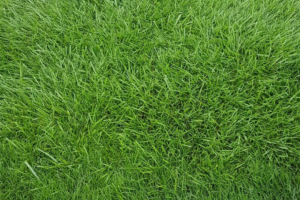
As spring tiptoes into the year, it heralds a time of rejuvenation and blossoming life. For garden enthusiasts in Florida, spring is an opportune time to nurture their lawns to a lush green. In particular, those with St. Augustine grass may be eager to learn how to boost its health during this season. This elegant turfgrass, known for its dark green hue and broad leaf blades, is a popular choice across Florida for the texture and beauty it lends to landscapes.
Understanding St. Augustine Grass
St. Augustine grass (Stenotaphrum secundatum) is a warm-season grass that thrives in tropical and subtropical climates like Florida’s. As a resilient and easy-to-plant type of grass, it is beautiful, this variety of turfgrass has a high salt tolerance making it perfect for coastal regions.
St. Augustine has a high shade tolerance as well but does particularly well in direct sunlight. Unsurprisingly then, the spring season, with its balance of sunshine and intermittent rainfall, provides ideal conditions for St. Augustine grass to flourish.
Preparing for The Spring Boost
Before you embark on your spring lawn care journey with your St. Augustine grass, inspect your lawn carefully for any signs of disease or pests from the winter months—like brown patches or chinch bugs—as these issues will need addressing before any fertilization occurs.
It’s also crucial to dethatch your lawn before spring fully sets in; thatching helps rid the lawn of any dead roots or rhizomes which could prevent the growth of new shoots.
Spring Care Tips
1. Fertilization: A critical aspect of spring care for St. Augustine grass is fertilization; this provides necessary nutrients that help your lawn recover from winter stress and prepare for summer’s heat. It’s advisable to use fast-release fertilizer rich in Nitrogen during early spring followed by slow-release fertilizer later in the season.
2. Mowing: St. Augustine grass should be mowed at a height of about 2.5 to 4 inches to encourage a healthier, denser lawn. Stick to this mowing height throughout the season as mowing too low can cause stress to the lawn and make it susceptible to pests or disease.
3. Watering: While St. Augustine grass’s exact water needs vary based on several factors including soil type and prevailing weather conditions, generally, watering once every week deeply is better than several shallow watering sessions.
4. Weed Control: Spring is also an excellent time for weed control before they germinate and spread across your garden. Use pre-emergent herbicides during early spring and post-emergent ones if you notice any weed growth later in the season.
5. Pest Control: Look for common pests such as chinch bugs or grubs that can decimate your beautiful lawn quickly if left unchecked.
Proactive care in spring can ensure that your St. Augustine grass thrives later in the year, creating a lush, green carpet embracing your home—a testimony to nature’s vitality showcasing Florida’s unique ecosystem right at your doorstep. Remember that patience is key; a healthy, beautiful lawn doesn’t occur overnight but is a gratifying result of consistent and knowledgeable care.
With its high tolerance for shade and salt as well as its striking lushness, St Augustine grass is indeed an excellent choice for Florida homes; however, it does entail regular care—especially during spring—to maintain its health and vibrance. As rhapsodical as it may sound—the love you give to your lawn will always find a way back to you—be it through the joy of running barefoot on the fresh dew-laden green or through the tranquil serenity of lazy weekend afternoons spent sunbathing on that gorgeous swath of nature!

Bob Green, a passionate lawn care enthusiast with over two decades of landscaping experience, is this website’s proud owner. His vast knowledge of horticulture and dedication to helping homeowners maintain beautiful lawns are reflected in the valuable content he shares on his platform. John has always been interested in Agrostology.














